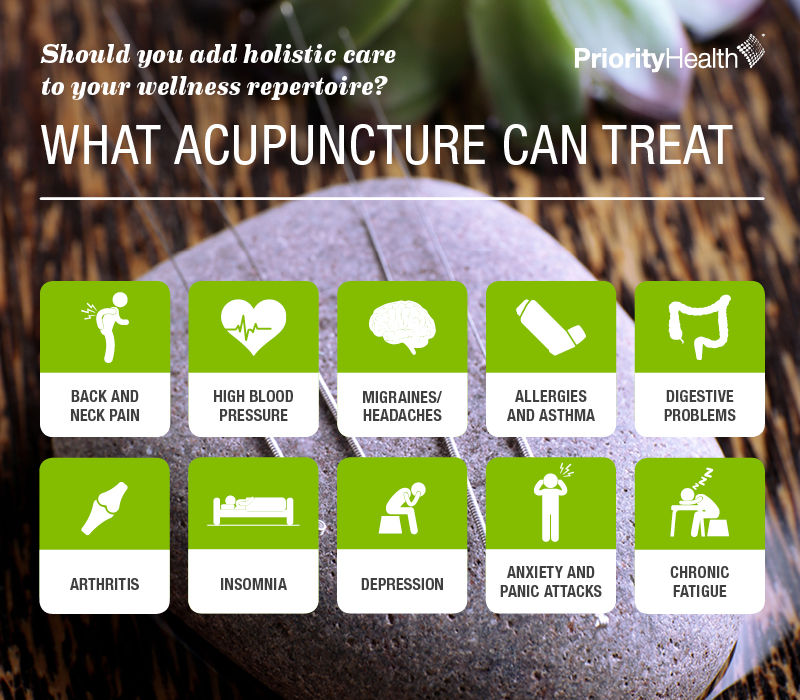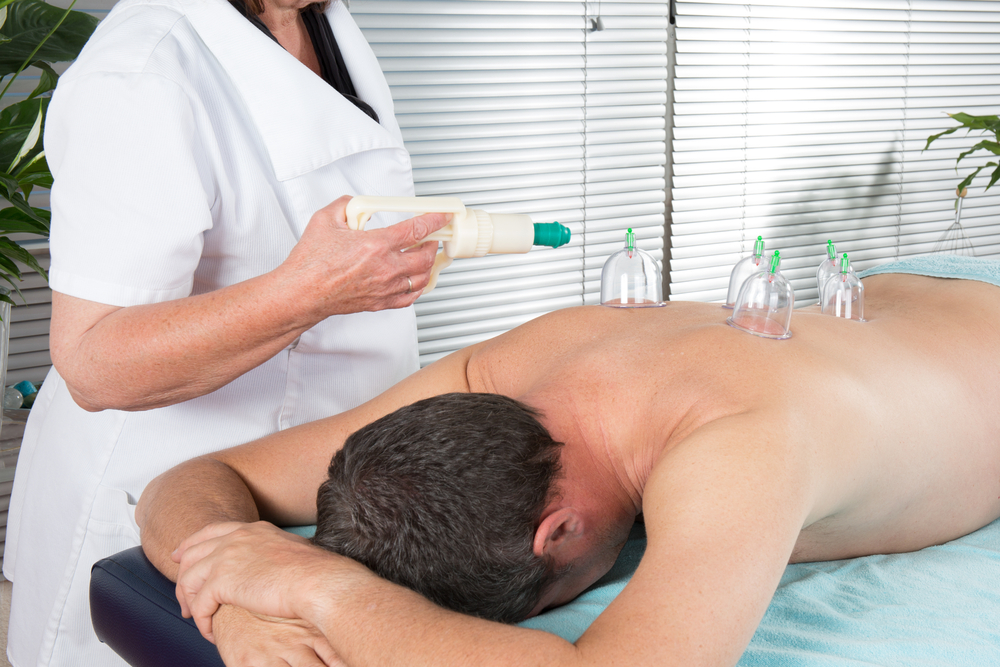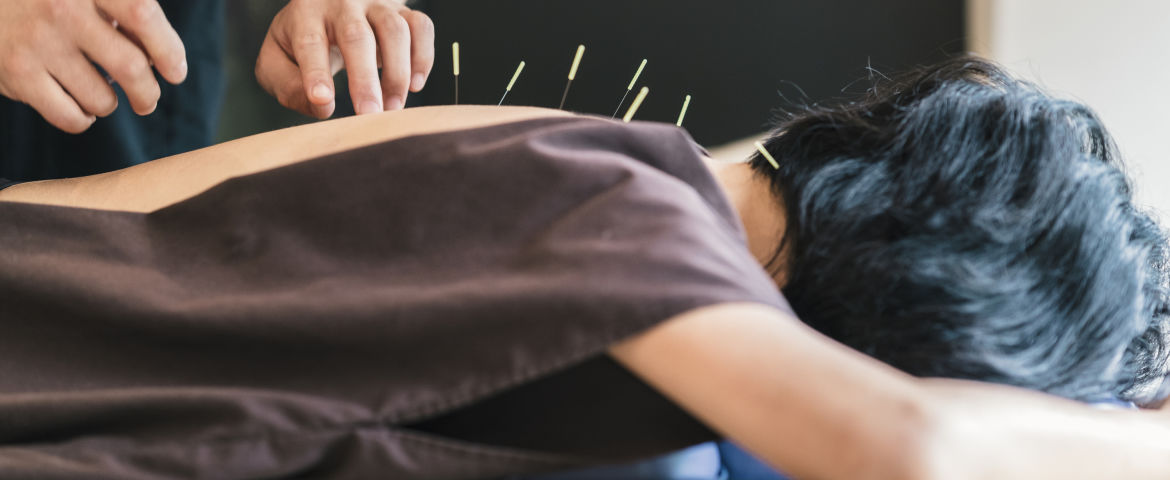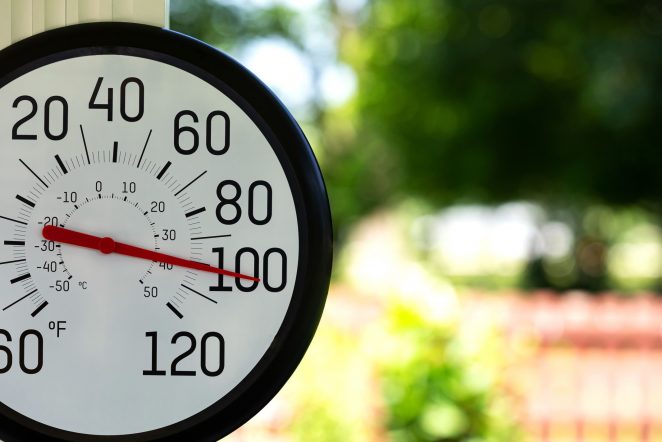While acupuncture, and the associated needles, may seem intimidating at first, many people choose this holistic approach to improve overall health.
Most commonly used to treat pain, acupuncture involves the insertion of extremely thin needles through your skin at specific points on your body. Western practitioners have taken this traditional Chinese approach and used it to stimulate nerves, muscles and connective tissue, believing that this stimulation increases blood flow, giving your body’s natural painkillers a kick start.

So what do you need to know before trying acupuncture?
1. How to prepare for the acupuncture treatment.
It is important to pay special attention to your body and come prepared to share your health history before going into the practitioner. While the acupuncturist will ask you different questions about pain and take your vitals, you want to be aware of the different areas of your body that give you pain and to what degree. Prior to your first acupuncture appointment, the acupuncturist will conduct an interview to better understand how your body functions holistically. The information you provide will help ensure that you get the most from your acupuncture procedure.
2. Not all acupuncturists practice the same.
Each acupuncture practitioner will have a unique style. Some will blend more Eastern and Western approaches, while others may incorporate other holistic tactics. They may also use pressure from their own hands instead of strictly needles in order to stimulate the energy flow of an area. Some practitioners also utilize cupping, the strategic placement of cups to create suction, to increase blood flow. Make sure to ask your acupuncture practitioner about their specific techniques so you are aware before receiving treatment.

3. There is little to no pain involved.
When asked if the insertion of the needles was painful, people tend to say it felt more strange than painful as you may feel a release. The needles are extremely thin, giving you a slight poke during insertion, but it should not cause you pain. If it hurts, you should immediately flag it. Practitioners may also manipulate or move the needles around once they are inserted. This is another technique used to stimulate the flow of energy through the body. Needles are then left in for 10 to 20 minutes, with no discomfort upon removal.
4. Not everyone responds to acupuncture the same way.
The benefits of acupuncture are difficult to measure because each individual reacts to acupuncture in their own way. Some people will feel energized after an acupuncture treatment, while others will feel more relaxed. Others don’t even respond to acupuncture. However, for most conditions, a series of several sessions is necessary to achieve the maximum benefit. With so few side effects, it’s worth a shot to try acupuncture, especially if conventional approaches have fallen short for you.
5. There are risks associated with acupuncture.
While the risks are low, there are a few things to be aware of. You always want to see a certified acupuncture practitioner. Possible side effects and complications can include soreness, organ injury and infections. At the site of needle insertion, you may experience soreness or minor bleeding and bruising. Organ injury is extremely rare but possible if the needles are inserted too deeply. Needles are required to be sterile and disposable; if an acupuncturist reuses a needle, this can cause infection. This is why it is important to see a certified, experienced and reputable practitioner.
Trying acupuncture for the first time can be both intimidating and exciting. You may be embarking on a method of holistic medicine that you find really works for you and your body. But it is important to remember that each person reacts to acupuncture differently. The best thing you can do for yourself is to go in with an open mind, relax and be forthcoming about your health with the acupuncture practitioner in order to ensure you get the most benefit from your treatment.


